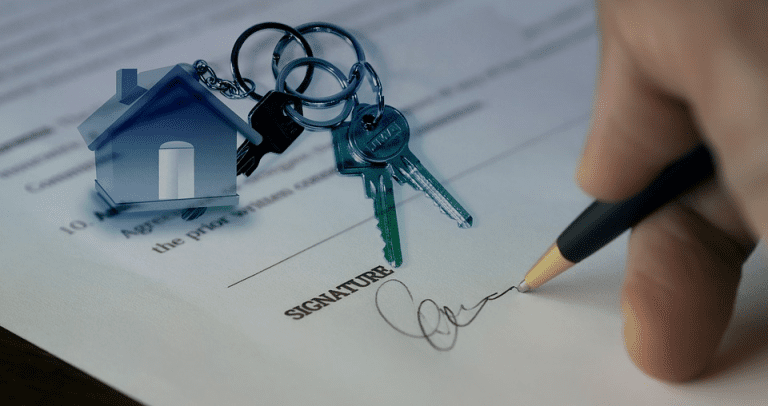Until one has landed in the proverbial “hot waters,” you will not often hear of someone looking for a lawyer or any sort of legal representation. There are different areas of law; therefore, it is not uncommon for a person to need a legal expert specializing in real estate, tax, criminal, divorce, or employment law. It is, therefore, not surprising that you may find the task of finding a lawyer daunting until you need it. Here are five primary reasons and benefits of hiring a lawyer.. The Scope Of The Law Is Vast There are many areas within the scope of the law. Each area of law has legal frameworks and guidelines governing the proceedings of cases brought before the magistrate. It is best to rely on a legal expert who specializes in the area of law that you need assistance with. If you happen to be going through a divorce, it is highly advisable to seek counsel from a divorce or family attorney. Hiring a personal injury lawyer is advisable if you’re involved in a car accident or motorcycle accident. The same is true if you or a loved one is a victim of nursing abuse, medical negligence, or malpractice. On the other hand, seeking the help of a criminal defense attorney can assist people who face criminal charges, such as homicide or murder. Business owners, investors, and professionals also face legal matters. So, they need to hire a lawyer to help them ensure smooth operations. For instance, a real estate investor can hire a lawyer to ensure the legal acquisition of a property. On the other hand, a dentist also needs the legal expertise of an experienced lawyer, such as one from PCS Law or other law firms specializing in helping dental health professionals. As you probably realize now, the field of law is broad, and lawyers have their specializations. All aspiring lawyers undergo the same years of law study and take the bar exam. But each attorney is unique. One may have more experience in dealing with criminal cases, while the other focuses on personal injury law. Moreover, lawyers try to diversify their legal services through continuing education and taking more challenging trial cases. To find an expert lawyer in particular fields, you should explore sites such as https://www.topresearched.com/ that have already done the research and have compiled a list for your legal needs. The Risk Of Not Having Legal Protection Because of the broad spectrum of legalities and regulations, it is easy for you to fall into the trap of admitting or confessing to offenses that you ideally should not. Police often try to get as much information from suspects before their legal council arrives for such reasons. On the other hand, if you got involved in a car accident, while the at-fault driver’s insurance company is willing to provide compensation, the amount could be significantly lower than expected. Dealing with the insurance company alone may decrease your compensation or the chance of invalidating your claim because of self-incrimination. Not to mention, insurance companies have tricky adjusters and a pool of experienced lawyers who usually ask victims to sign documents or make statements that can drastically reduce the claim amount. The same scenario can happen to someone being accused of a criminal charge. Without a lawyer, the individual may narrate an incident unfavorable to their case. While you usually watch these cases in movies, they’re far worst in real-life. With this, it’s just as easy to say the wrong thing in a stressful situation. Legal protection will prevent this from happening. Learn how a lawyer can help protect your rights and best interests by checking out resources like osbournepinner.com. Paperwork As there is an insurmountable amount of legalities and guidelines governing legal proceedings, there is equally an amount of paperwork required during any legal case. Examples of legal documents include contracts, leases, deeds, titles, wills, and birth certificates. In preparation or during a court trial, documents like a summon or complaint also serve as legal papers. This is where hiring a lawyer comes in beneficial. The paperwork requires extensive knowledge of the subject matter to fully comprehend, as you will find significant jargon, legal terms, and other colloquialisms in your legal papers. Misunderstanding these terms may lead to devastating fines or jail time. Similarly, the incorrect or late submission of specific files or paperwork may cause a delay to your case or see your case thrown out altogether. But, by working with lawyers, they can carefully draft and review all legal documents to ensure the details are correct. After all, even the tiniest error or inaccuracy can ruin a legal case. Lawyers Are Impartial In family matters, such as a contested divorce or custody battle, it is highly recommended to hire a lawyer instead of choosing to represent yourself. Because family matters are very personal, it is easy to use your feelings or emotions like a sense of judgment instead of using logic. Lawyers, however, are trained to remain impartial under all circumstances. It is their job responsibility to ensure their clients are protected at all times, they are prepared to take the stand, and they do not incriminate themselves in any way. Legal Experts Can Easily Get To The Bottom Of Things In a 50/50 case, the magistrate might have trouble determining who the guilty party is. A highly qualified and experienced lawyer will distinguish between winning and losing, such as a case. As per their training, lawyers are encouraged to pick, prod, and poke holes in every claim or allegation made by their client’s opposition. Lawyers can challenge evidence or the obtaining of evidence. They can cross-examine witnesses and compare their earlier statements to the police and their testimony in court. Hiring a lawyer may sound like an additional liability you feel you may not need; however, the opportunity cost and potential loss are higher should you need legal counsel.














